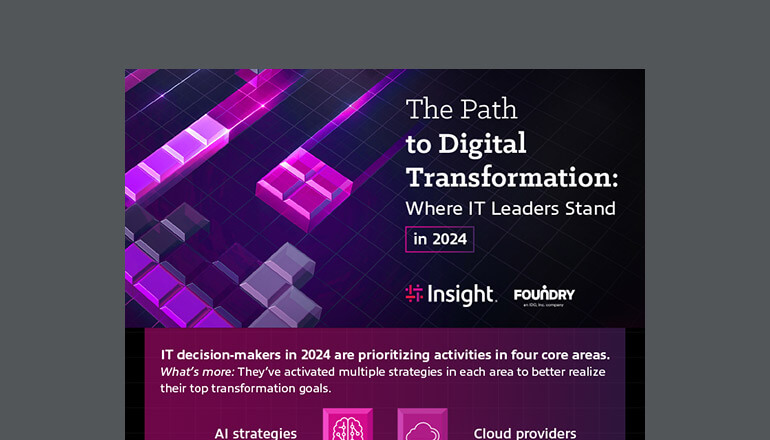Article Defining the Meaning of Multicloud
By Sridhar Vasudevan / 4 Feb 2021 / Topics: Hybrid cloud Cloud

Planning a multicloud approach? Here's some advice for your first steps.
Multicloud has been gaining a lot of traction in recent years. In fact, 93% of enterprises say they currently have a multicloud strategy (most of which are concurrent hybrid cloud strategies as well). To put a finer point on it, the average cloud utilisation for an organisation is 2.2 public clouds and 2.2 private clouds.
So, what is multicloud? It can be difficult to pin down in a conversation because people choose to define it in different ways. For some, it's multiple public clouds along with on-premises private clouds. For others, it's a private and a public cloud.
But ultimately, in the simplest of definitions, if you have applications and workloads in more than one public cloud, you have a multicloud strategy.
Step one: Ask “why?”
There are a number of questions involved when you're considering multicloud, but the first one to ask is “why?” People sometimes approach multicloud from a place of arbitrary beliefs. I have heard many clients say, for example:
- “We want to place applications of the same type in different clouds to handle peaks in service with reduced cost.”
- “We need to put DR (or passive workloads or backups) in a different cloud for more robust protection.”
- “We shouldn’t have all our eggs in one cloud provider basket.”
In reality, none of these things are necessarily true across the board. Many clients are concerned with issues like cloud arbitrage and vendor lock-in. And actually, vendor lock-out is a concern most people don't have but should consider. There are often times when maximising the value you get from one particular vendor by taking advantage of all they have to offer can be a good strategy. Clients often underestimate the amount of skill and effort it takes to manage and integrate services across multiple cloud providers.
If you have a specific use case or application workload that just works better somewhere, and it's not clearly integrated with something else in your application portfolio, you should think about moving it to where it can give you the most benefit.
Step two: Strategise
Approaching the next step means understanding the strategies for a successful multicloud environment, which encompasses your application workloads, your organisation's abilities, your data strategy, your understanding of the cloud provider and more. But the two things I find most helpful to focus on with clients are workloads and the exit strategy.
Workload assessment
Before you move from on premises to the cloud, or from one cloud provider to another, you have to understand what it is that you have today and how it works in your overall ecosystem. Are you selecting a cloud provider because you understand your workloads?
Ask yourself: “Have I planned for my applications? Do I understand the overall portfolio and landscape? What is it that I'm actually accomplishing if I move somewhere else?”
Workload placement is important — your ability to take advantage of multiple providers for similar services is entirely dependent on your organisation's skills and abilities — and the benefits you're looking for.
Migration and exit plan
When we talk to clients with data centres they want to vacate or partially vacate to adopt the cloud, we go through a complete planning exercise and create an exit strategy for that data centre.
As you plan your cloud or multicloud strategy, you should always be thinking about your exit strategy before committing.
Ask yourself: “Where will I park my data? How do I get it out? How much data do I have? What does my application look like? Do I have API management? Can I connect to something else? Do I have network topologies defined?”
Most importantly, have an answer to the question:
“Do I have the operations, governance and security in place, and the skill requirements, to manage more complex environments?”
When we work with clients to develop a strategy, we often find many haven't thought about application portfolios, integration points and dependency maps. But by taking the time to do that strategy and planning, you can move applications from one cloud to another with much less effort. It won't be instantaneous, but it will be simpler — and you'll have the foundation for success with your workloads.
When you understand what it will take to extricate your applications from a cloud service provider, you'll be more prepared to operate within that cloud provider efficiently. For more on this concept, watch the LinkedIn Live, Strategies for a Successful Multicloud Environment in which Jason Rader, Peter Kraatz and I discuss multicloud in greater depth.
To conclude, if you're seriously considering a multicloud approach:
- First, identify the workloads to move and the benefits of moving them.
- Next, understand the dependencies — logical dependencies within applications, structural dependencies, external dependencies, dependencies with your vendors, interdependencies between data movement, etc.
- Then, develop your strategies for migration and management.
If you understand all of these things, you'll be much more prepared to adopt a sustainable multicloud strategy with success.






